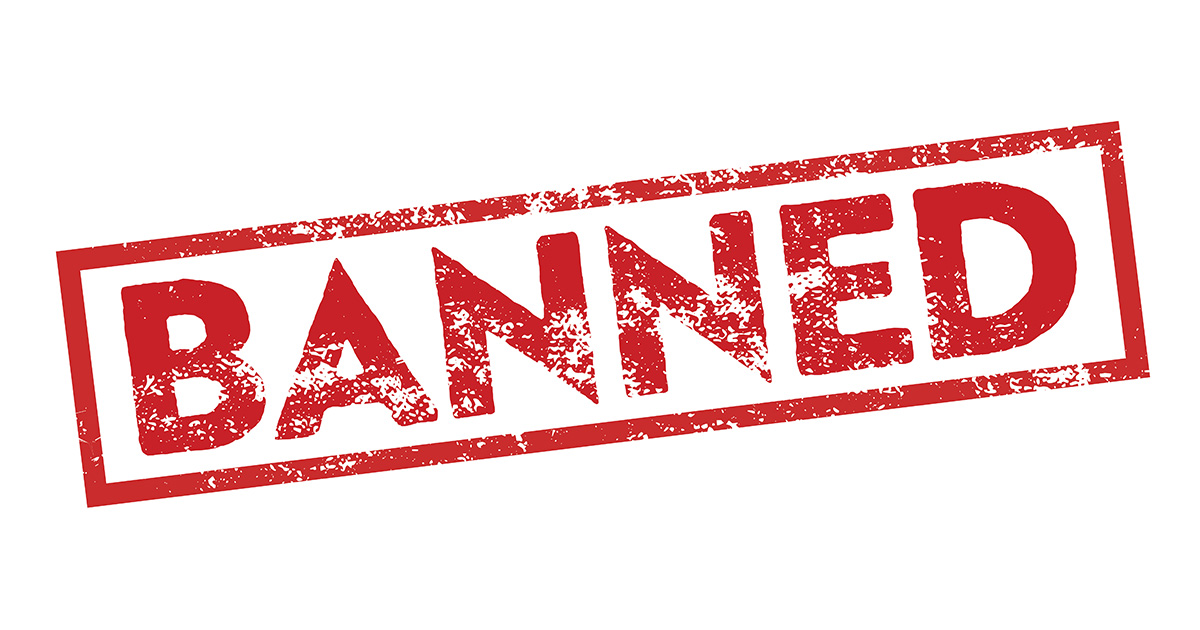Written By Adam J. Herrmann, Project Manager, EnviroForensics in Collaboration with Stephen R. Henshaw, P.G., President & CEO, EnviroForensics.
As seen in the April 2012 issue of Cleaner & Launderer.
Do you have a Hazardous Communication Program (HazCom Program) in place? If you are a dry-cleaning facility and use tetrachloroethylene (PERC) and/or other chemicals for dry-cleaning or spotting, then you should have a current and updated HazCom Program in place.
In 1983, the Occupational Safety and Health Administration (OSHA) released the Hazardous Communication Standards, which was expanded to include non-manufacturing employers in 1987. The Hazardous Communication Standards provide employees with information regarding the hazards of the chemicals they come into contact with during work or have the potential to come into contact with (“Right to Know”).
In order to achieve a safer working environment for employees and to comply with OSHA, the implementation of a HazCom Program is mandatory when employees are or have the potential to be exposed to hazardous chemicals. Workplace illness and injuries that are chemical related may be prevented by implementing a HazCom Program. The HazCom Program is designed to aid in the relations between the employer and employee by opening regular lines of communication. In addition, a HazCom Program will assist the owner/operator to avoid potential OSHA citations, violations, and related compliance costs.
In past conversations with drycleaners when the topic of a HazCom Program is mentioned I usually get a puzzled look or a piece of paper that says there are dangerous chemicals in the facility and management will address any spills or leaks. A successful HazCom Program should be much more in depth than a simple letter or sign. The main purpose of a HazCom Program is to ensure that the hazards of all chemicals located in the facility are assessed and that all information regarding the potential for physical and/or health hazards associated with those chemicals is conveyed to the employees. It is the owner/operators responsibility to comply with OSHA and to provide information and training for each employee.
A successful HazCom Program should be a clearly written, comprehensive program that includes but is not limited to lists of hazardous materials in each work area, material safety data sheets (MSDS) for each hazardous chemical in the work area, container labeling protocols, employee information and training.
One of the most important sections of the HazCom Program is in regards to the MSDSes, which provide the necessary information for evaluating the hazard of a chemical, proper handling, emergency procedures, and what type of personal protective equipment should be utilized when dealing with each chemical. Copies of each chemical’s MSDS can be obtained by submitting a written request to the manufacturer of each chemical or by searching the manufacturer’s website via the internet. In addition, when chemical manufacturers supply products directly to the facility they are required by law to make available upon request a MSDS for each shipped product. As new chemicals are purchased, it is important to update the inventory list within the HazCom Program, but also to notify employees of a new hazard in the work area and how to manage it.
Another important topic of the HazCom Program is the labeling process for chemical containers or containers utilized for the storage of contaminated products. If a container is not labeled or labeled improperly then proper use, storage, and protection will be unknown and the chance of an accident is increased. In addition, it is required by OSHA that containers of hazardous chemicals must be labeled and contain the identity of the hazardous chemical, the appropriate hazard warning (health concerns, exposure pathways, and what systems are affected in the human body), and the name and address of the chemical manufacturer. When dealing with shipped containers or locally purchased over the counter chemicals (cleaning agents or other maintenance supplies) the owner/operator should ensure that the containers are properly labeled following the criteria expressed above. If locally purchased over the counter chemicals do not comply with the labeling criteria then that container should not be used. The exception to the rule is when you transfer chemicals from their original container into portable containers, which will be used immediately by a single person for a single shift are not subject to follow the same labeling criteria as previously mentioned. Although labeling is not required on the portable container, it should at a minimum have the name of the chemical and the associated hazard (s).
Environmental contamination from dry-cleaning facilities is commonly observed. One way to help reduce the potential for contamination is to implement a HazCom Program. Besides the protection of the employer and employees, a HazCom Program can assist in preventing future contamination of the property by ensuring that all employees are aware of the chemicals located on the property, as well as how to maintain them and address spills or leaks.
Regardless of the level of care that is administered when handling chemicals, there is always the potential for spills on the ground or leaks from storage tanks, storage drums, or chemical containers. Spilled or leaked chemicals can infiltrate through concrete into the soil and/or dissolve into the groundwater and begin to migrate with the groundwater. Vapors associated with the contaminated soil and/or groundwater have the potential to migrate to areas occupied by buildings. These potential vapors can enter buildings through cracks in basements or slab foundations, sewer lines, and any other type of opening. On some occasions the vapors that enter buildings can reach concentrations that may be harmful to human health. By having a HazCom Program in place and assuring that all employees have been trained and understand the HazCom Program, a business can greatly reduce the potential for contamination due to spills or leaks.
In closing, there are many regulations and standards in place for businesses that utilize hazardous chemicals. One of the major reasons for these standards and regulations is to protect the owner/operator and employees from hazards associated with their daily work activities. As discussed, one standard that is directly associated with health and hazards is the Hazardous Communications Standard. By following the OSHA and implementing a HazCom Program an owner/operator can decrease the potential for contamination from leaks or spills and ultimately provide a safer workplace environment.
If you need assistance in developing, preparing and implementing a HazCom Program, Environmental Forensic Investigations, Inc. is a full service environmental consultant with over 20 years of environmental compliance experience and can assist you in your needs. Further assistance can be found on the United States Occupational Safety and Health Administration website at http://www.osha.gov/.



